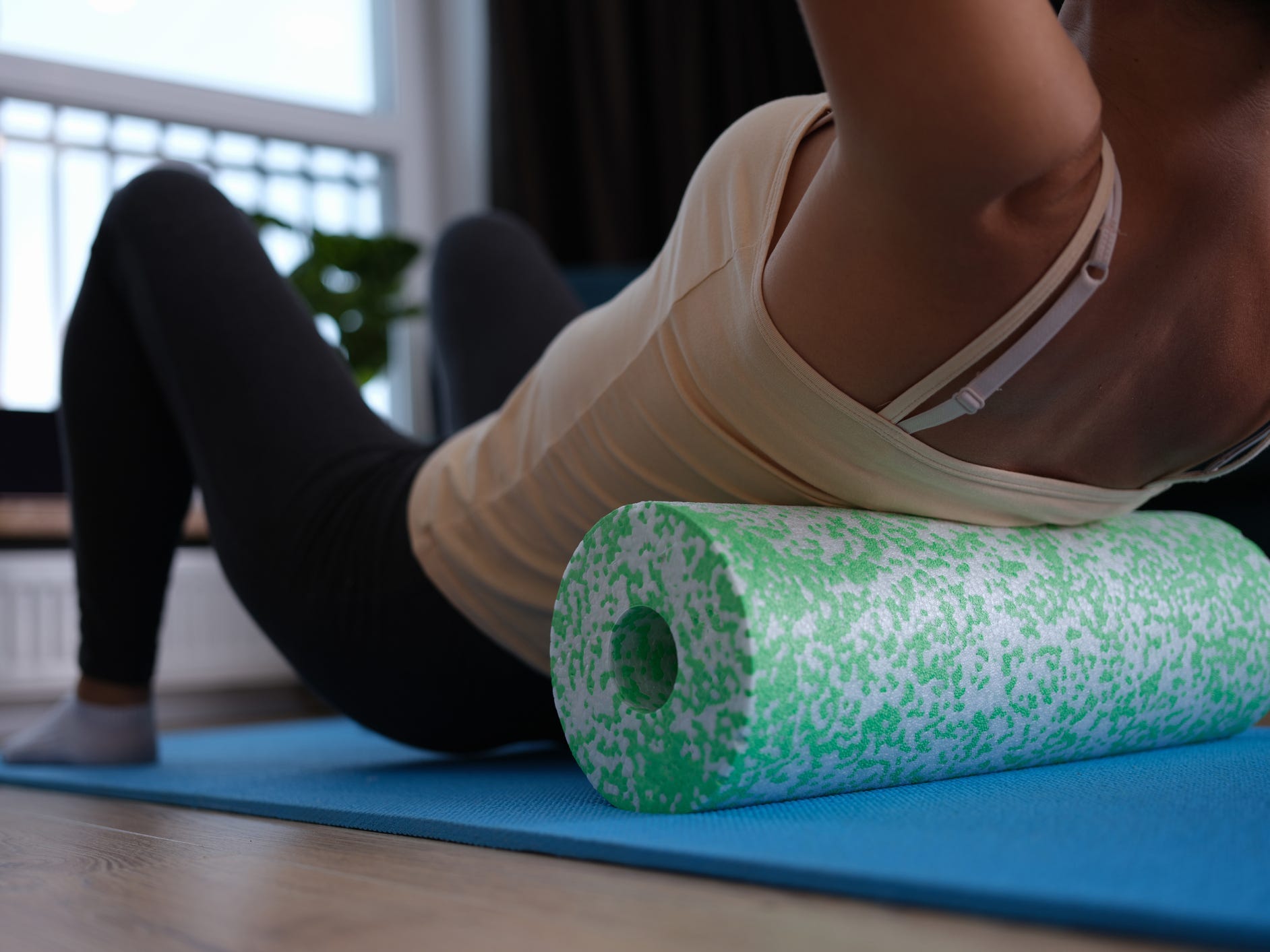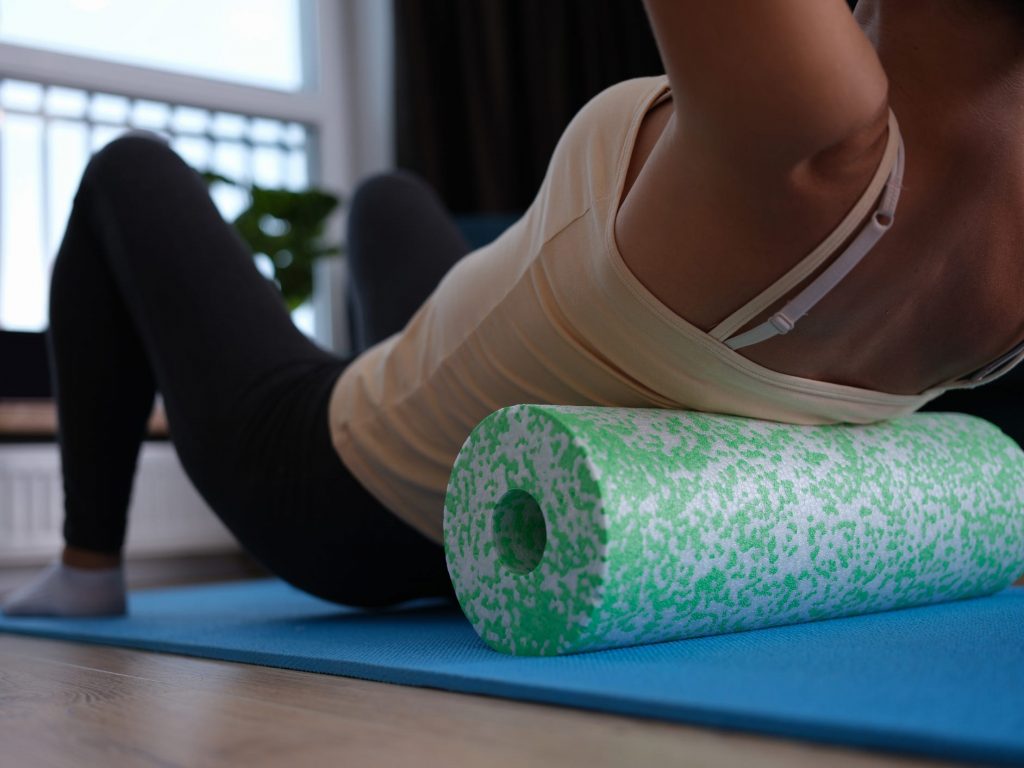
- Foam rolling is a popular strategy for reducing muscle soreness and improving mobility.
- But many people make the mistake of rolling directly on connective tissue or bone, an expert said.
- To avoid injury and maximize benefits, focus on large muscle groups and don't forget to stretch.
Foam rolling is often cited as a way to help muscles recover after exercise, or as a warm up to improve mobility and blood flow.
But many popular foam rolling techniques are likely to do more harm than good, according to Justin Cottle, lab director at the Institute of Human Anatomy.
"I'm not against foam rolling, I just think people attribute too much to it," he told Insider.
While there's some evidence that foam rolling can help reduce muscle inflammation and soreness, many purported benefits go beyond what science supports, Cottle said. Improperly putting pressure on the body with a foam roller can also cause damage, worsening pain or mobility issues.
If you do foam roll, maximize the benefits by focusing on specific muscle groups using light pressure, and steer clear of potential risky moves like rolling the spine or IT band, he said.
Avoid rolling directly on bones, joints, and connective tissue
Cottle said one of the biggest mistake he sees people make is applying the foam roller directly to the IT band, the connective tissue along the outside of the thigh from the hip to the knee, to relieve "tightness' linked to sore muscles or painful joints.
It's counterproductive to foam roll the IT band, Cottle said, because the tissue's whole purpose is to maintain tension, so trying to loosen it can cause injury.
Another mistake is applying the foam roller directly to the spine by laying on one's back on top of the foam roller and pressing into the floor. The pressure can damage or misalign delicate vertebrae, according to Cottle.
"You might just be stressing the soft tissue and worsening the problem, or damaging ligaments which aren't vascular tissue and so don't heal well," he said.
Stick to areas of dense muscle like the glutes and hamstrings
Since foam rolling may reduce muscle inflammation and promote mobility, it's best to use it on areas with the most muscle tissue, such as the big muscle groups in the back of the legs.
"If you're serious about foam rolling, you don't need to become an expert in human anatomy, but be smart about what you're doing," Cottle said.
Foam rolling your glutes and hamstrings is more likely to yield the results you want, and there's less risk of accidentally putting pressure on bone or connective tissue since the muscles are thicker in those areas, he said.
Don't use intense or painful pressure
Wherever you foam roll, Cottle recommends starting with light pressure. The "no pain, no gain" approach shouldn't apply to foam rolling, he said. If something is severely uncomfortable or even painful, it's a sign you may want to ease up or seek a professional to help you out.
"You can't undo something you've overdone. Don't be the person screaming in the gym on the foam roller, and think about what you're really aiming to do," he said.
Rely on proven mobility and recovery strategies, like stretching and rest
Research on the benefits of foam rolling often show that it's useful in combination with stretching exercises.
Extensive evidence shows that properly warming up for a workout can improve performance and reduce injury. Cottle said foam rolling can be part of a warm-up, but exercises like dynamic stretching are more beneficial and have fewer side effects.
And the best, most evidence-backed way to recover from a tough workout has nothing to do with a foam roller: be patient and give your body enough rest, good nutrition, and proper hydration, he said.
